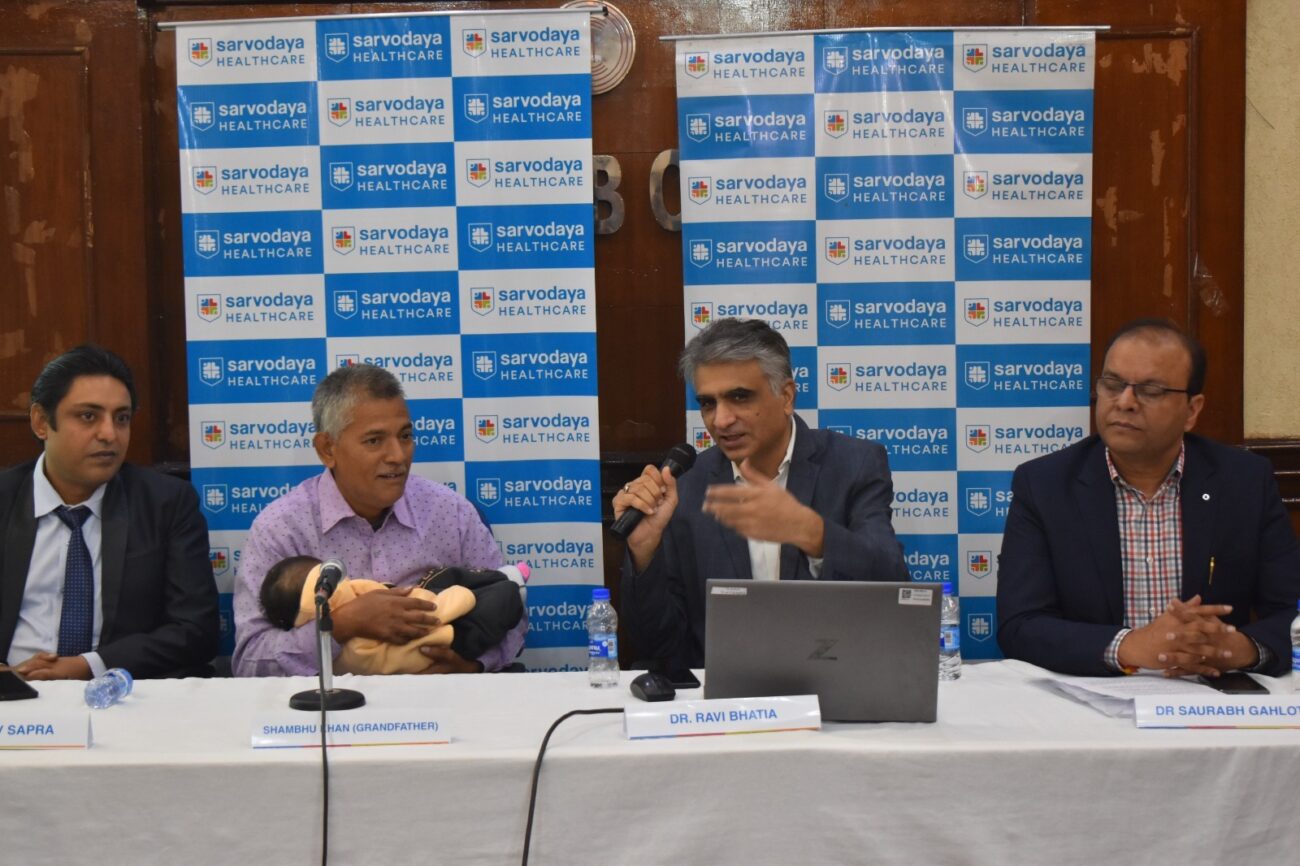World Parkinson’s Day – 11th April 2023
Dr. Deepika Sirineni Senior Consultant Neuro Physician, Apollo Hospitals, Hyderguda. Parkinson’s disease is a progressive degenerative disorder of the brain. Which affects today movements and in some cares thinking too. A particularly part of brain called substance nigra losso its

Dr. Deepika Sirineni
Senior Consultant Neuro Physician,
Apollo Hospitals, Hyderguda.
Parkinson’s disease is a progressive degenerative disorder of the brain. Which affects today movements and in some cares thinking too. A particularly part of brain called substance nigra losso its cells caring loss of an important chemical called dopamine. Dopamine helps in coordination of muscle movement and balance cause of this disorder is shall unknown some theories have implicated some environmental to like posticous generic faclan, oxidolue danger, repeated head trauma, injures seem more commonly after 60 years of age.
But rarely can be seen in younger people, symptoms usually include tremor (shaking of hands or legs) stiffness in one or more limbs, slowness of movement, freezing while walking, difficulty in taking first step, change in handwriting, low voice, stopped posher, unsteady walk.
Diagnosis is clinical, sometimes scan may be required. Treatment is usually some medicines which may be prescribed long time.
Parkinson’s disease (PD) is a common neurodegenerative disease characterized by a movement disorder consisting of bradykinesia, rest tremor, and rigidity, along with postural instability, a range of other more-subtle motor features, and many non-motor features 1. Many of the core motor features result from the loss of a specific population of neurons: the dopaminergic neurons of the substantia nigra pars compacta, which project axons to the striatum 2, 3. As such, most of the current pharmacological treatment approaches for PD aim to restore dopaminergic tone in the striatum.
Whilst often effective at improving motor function, current treatments are associated with significant side effects due to delivery of dopamine to extra-striatal regions, variability in their absorption and transit across the blood–brain barrier, and the non-physiological continuous release of dopamine and its effects on the dopamine receptors within the basal ganglia 4, 5. Patients frequently develop cognitive problems, levodopa-induced dyskinesias, and on-off fluctuations, which we have estimated to occur in 46%, 56%, and 100% of cases, respectively, at 10 years from diagnosis based on data from our ongoing community-based incident study in PD 6, 7. All of these factors coupled with some of the neuropsychiatric features of PD have a significant impact on quality of life in advancing PD. Many features of PD (such as cognitive impairment and autonomic dysfunction) have a mainly non-dopaminergic basis, resulting from neurodegeneration at other sites in the central nervous system as well as the enteric and autonomic nervous systems 3, 8. It is often these features that have the most detrimental impact on the quality of life of patients with PD, yet treatment options remain limited for these elements of disease.
Levodopa, the precursor of dopamine, was first developed for the treatment of PD in the 1960s and continues to be the most-effective therapeutic agent for PD in 2020 9. Other dopaminergic drugs have since been used, including inhibitors of dopamine metabolism as well as dopamine receptor agonists, but these are generally less well tolerated and less effective. Thus, there is an urgent need for better therapies, including disease-modifying treatments. However, the requirement for relevant pre-clinical disease models for testing such agents and the lack of robust biomarkers for diagnosing PD and the identification of prodromal disease, which would allow for treatment before significant neuronal loss had occurred, pose barriers to drug discovery.
It is on this background that a number of new developments are emerging that may transform the management of PD over the coming years, and we will now discuss those that are in, or soon to be in, clinical trials.
RARE CASES :
This report describes the case of an 87-year-old woman who had severe bradykinesia, muscle rigidity, gait disturbance and neck pain. Laboratory examination revealed marked elevations of white blood cells (10,100/µl) and C-reactive protein (CRP; 8.63 mg/dl). She was primarily diagnosed with severe and untreated PD, corresponding to Hoehn and Yahr scale score IV, with musculoskeletal pain and urinary tract infection. The patient was treated with antiparkinsonism drugs, antibiotic agents and nonsteroidal anti-inflammatory drugs, but they had only limited effects. Cervical plain computed tomography (CT) scanning detected remarkable crown-like calcification surrounding the odontoid process. Based on CT findings, the patient was diagnosed as having CDS with PD, and was immediately treated with corticosteroid. The severe neck rigidity with pain and the serum CRP level (0.83 mg/dl) of the patient were drastically improved within a week by the additional corticosteroid therapy.






